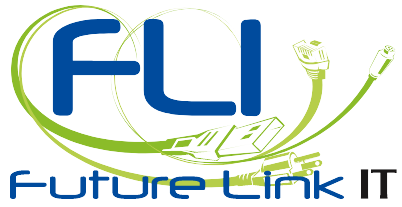
Some Microsoft operating systems, servers and exchanges have reached the end of their product lifecycle.
Is yours one of them?
No need to worry – just be prepared. Knowing the key dates in your product lifecycle can help you make informed decisions about when to upgrade software and/or replace hardware.
Here’s a run-down of what you need to know:
Windows Vista
- Extended Support for Windows Vista ended on April 1, 2017. Users no longer receive security updates, non-security hotfixes, or other assisted support options. If you haven’t already, it’s time to upgrade from Vista or replace your computers.
Windows XP
As of April, approximately 7% of all PCs were running Windows XP. To put this in perspective, XP is still the third-most popular operating system in the world, trailing only Windows 7 and 10.
- Extended support for Windows XP ended in 2014. Businesses that currently use XP can get support and updates, but only by purchasing an expensive custom support contract from Microsoft. It’s much more cost-effective (and safer) to upgrade to Windows 10 now.
Windows 7
Even though Mainstream Support ended in 2015, 48% of PCs still run Windows 7.
- The end of Mainstream Support brings with it a host of issues. For example, third party vendors no longer have to test products for compatibility and Microsoft will not fix any problems that emerge. So, if you get the latest versions of QuickBooks or MS Office, you may find that they do not work with Windows 7. Or, your brand-new printer may not come with a compatible driver.
Interestingly enough, research indicates that roughly 98 percent of the computers affected by the WannaCry ransomware attack were running some version of Windows 7. This reinforces the need to make the switch to the more secure Windows 10 before 2020 rolls around.
Servers
- Servers from 2008 and earlier are now out of the Extended Support phase and no longer receive security updates. 2012 standard and R2 are scheduled to leave Extended Support in 2023.
If you’re at all considering new servers it’s wise to go with Server 2016. This will give you the longest period of supported use.
- Extended Support for SQL Server 2005 ended in 2016. SQL 2008 R2 will leave Extended Support in 2019.
MS Exchange
- Microsoft Exchange 2007 is no longer supported. As a result, Office 2016 will not work on exchange 2007. This is one reason why it’s smart to consider migrating to cloud based Office 365.
When you have multiple devices, servers and software packages it can be a challenge to track and plan for end of support. Future Link IT can help. We will plan, manage, update and replace your Windows products so that you can focus on more important things – like growing your business.
Give us a call to learn more about the end of product support and what it means for your business.
